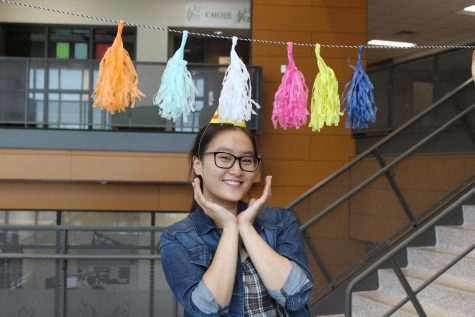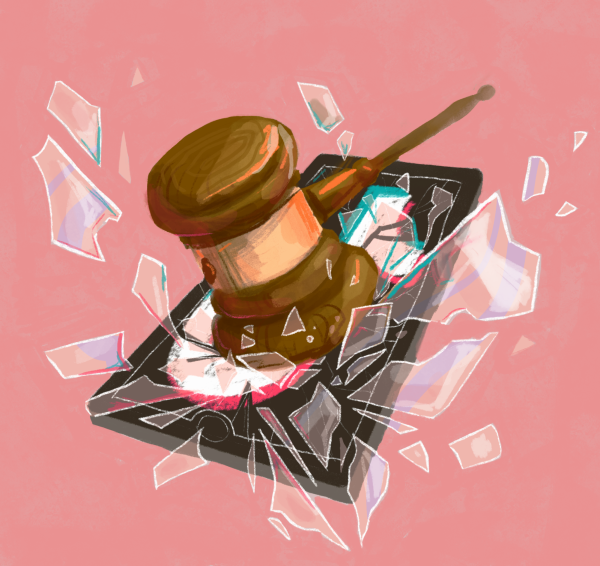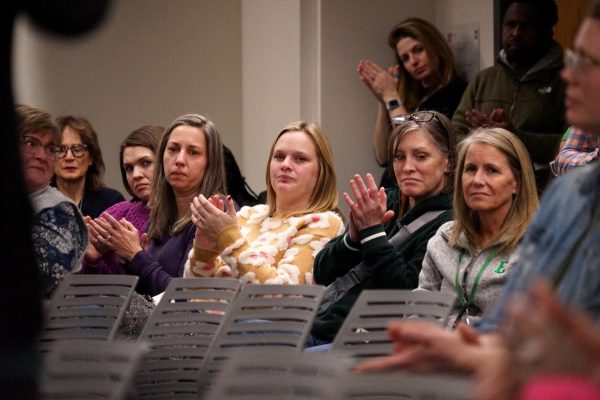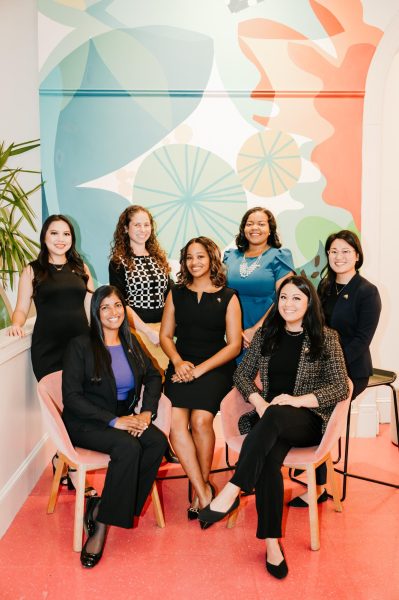Edina Parents Rally to Demystify Dyslexia
May 23, 2018
Defined as “a learning disorder characterized by difficulty reading” by the Mayo Clinic, dyslexia affects more than 3 million people in the United States. According to national averages, which say that about ten percent of the population suffers from this handicap, a typical 30-student classroom at Edina High School likely has about three dyslexic students in it.
Jump back to when you were in the third grade. During read aloud time, mispronounced words could earn a snicker or two. For most students, a simple correction from the teacher can help them quickly learn how to pronounce the unfamiliar words and develop stronger reading skills. However, for students with dyslexia, learning how to read is a lifelong struggle that can’t always be resolved with age, and that seemingly innocent snicker can turn a child’s excitement into shame and anxiety. For those who don’t fully understand dyslexia, we often think that there is something wrong with the person’s intelligence. But, despite popular belief, the inability to read easily does not have any correlation to the IQ of the individual. Kristin Erb, an Edina parent of a dyslexic student, informed us that “in order to have dyslexia, you must have an average or above average IQ.” However, the problem for these individuals is that they can’t easily correlate symbols to sounds and break down the words.
Early diagnosis and treatment starting between kindergarten and second grade can lessen the impact of dyslexia on a student’s ability to read. However, currently, dyslexia detection in schools occur during a child’s third year of elementary school. This late diagnosis prevents 75% of dyslexic students from ever catching up to their peers in terms of reading efficiency.
The lack of teacher support leaves a huge gap in the student’s academic experience and growth.
There are also additional factors that occur in the classroom that negatively harms a dyslexic student’s academic progress. Sara Hromada, an Edina parent of a dyslexic student, says that one of the main problems, surprisingly, is that teachers aren’t informed how to support and teach reading impaired students. The lack of teacher support leaves a huge gap in the student’s academic experience and growth.
However, parents across the nation are now rallying to end ignorance about dyslexia. Starting in New Jersey, parents of dyslexic students kickstarted a movement that is advocating for a change in school districts’ approach to dyslexia. They have been successful in their push for professional development legislation, a definition of dyslexia laws, and dyslexia screening laws. Inspired by these individuals, local Minnesota parents formed a group called “Decoding Dyslexia Minnesota” that works on the state government level pushing for reforms within state policies. “They are supporting a couple of [pieces of legislation] that are being considered. One of them is mandatory K-2 dyslexia screening,” Erb said. The second bill would mandate professional development about dyslexia for teachers.
After joining the group, Erb decided to form an Edina parent organization called Dyslexia Parent Alliance-Edina, which now has 85 families who advocate for change locally. Like many other parents of dyslexic children, Erb and Hromada were both completely alone in trying to help their child fight against this disability. “I had been on my own for a long time. My youngest son actually graduated last spring. He went to school without any support. It was great to find a community of people who understand the needs of these students and push for support in schools,” Hromada said.
My youngest son actually graduated last spring. He went to school without any support.
Dyslexia Parent Alliance-Edina has been extremely active in trying to inform the Edina community and get rid of common misunderstandings. “We’re focused on reaching out to all parties to start and move the conversation forward,” Erb said. Just last month, they held two informational meetings which more than 200 parents, teachers, and administrators attended.
Additionally, Dyslexia Parent Alliance-Edina has made contact with Edina Public Schools to make reforms within school policy. So far, the school administration has been extremely supportive, and you can even find a dyslexia page on the Edina website.
Even though more work needs to be done on the administrative level, students themselves need to work to get rid of stereotypes and myths surrounding dyslexia. Although many have lacked understanding of dyslexia for a long time, it is never too late to start changing how we view this disability. The next time you hear people stuttering over words or sentences, don’t laugh or judge them, instead encourage them and offer help. “Everyone has things they have to deal with, and we don’t necessarily wear on their shirt and let people know. But just having an understanding that you have things you have to deal with and for dyslexic students, that’s their thing. But they are trying hard to get better every day,” Erb said.











Winnie Martin • May 23, 2018 at 9:19 pm
Thanks for sharing. Not only is it a challenge for students with dyslexia but for staff too. Providing the resources to help staff and students navigate this is extremely challenging. We need to support both students and staff with resources to overcome this learning disability. Thanks again.